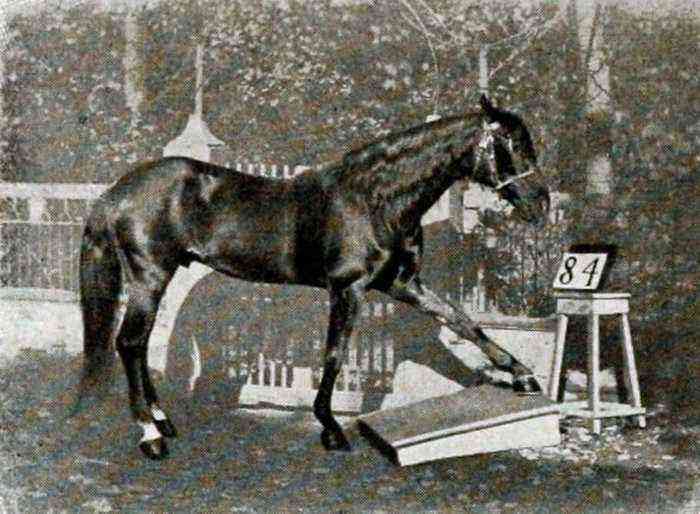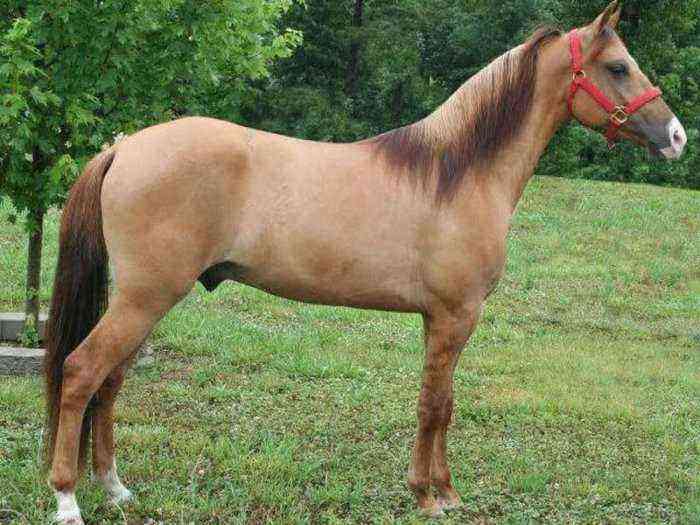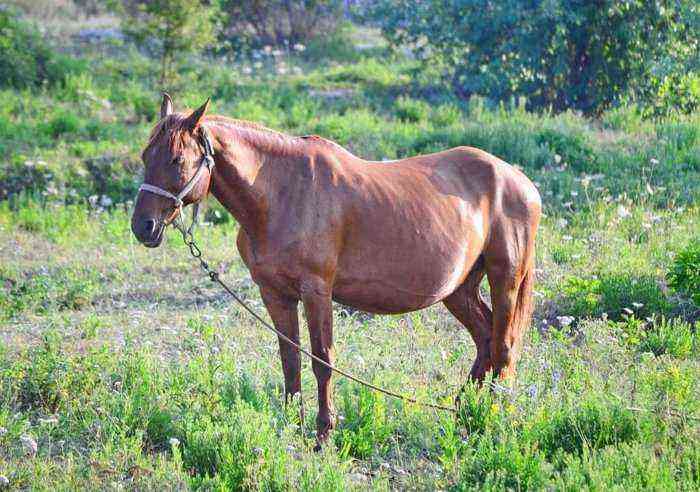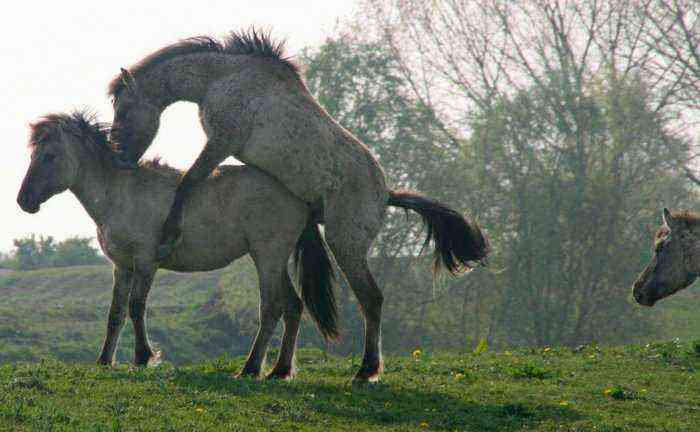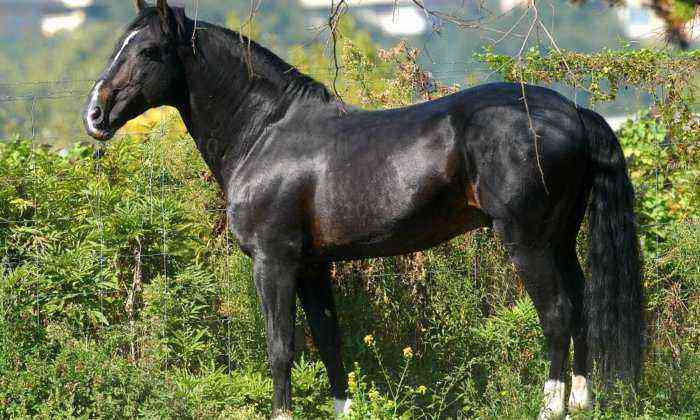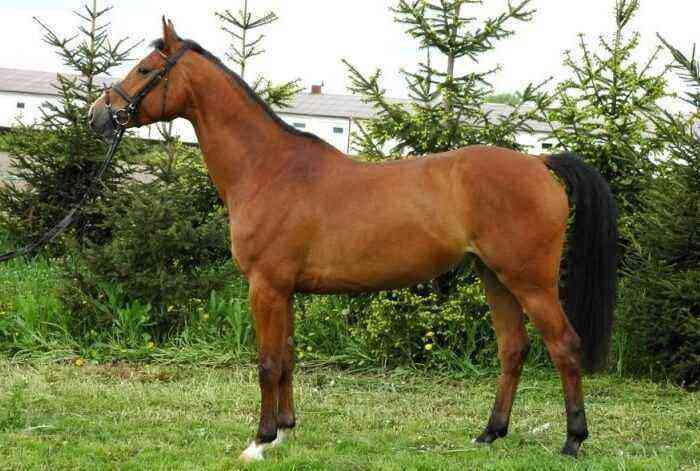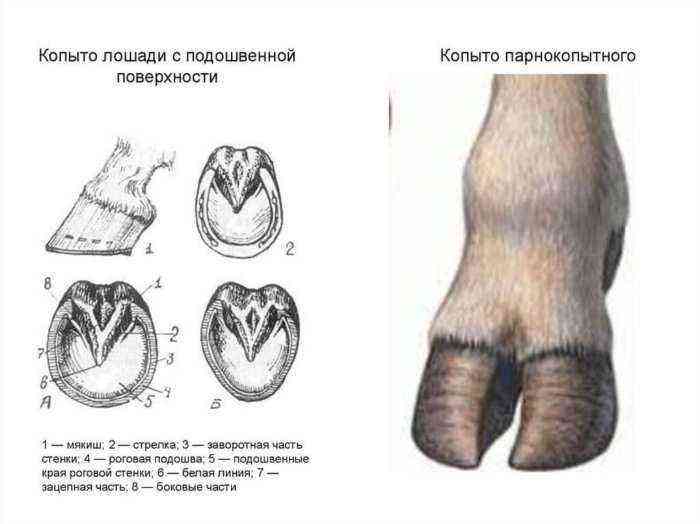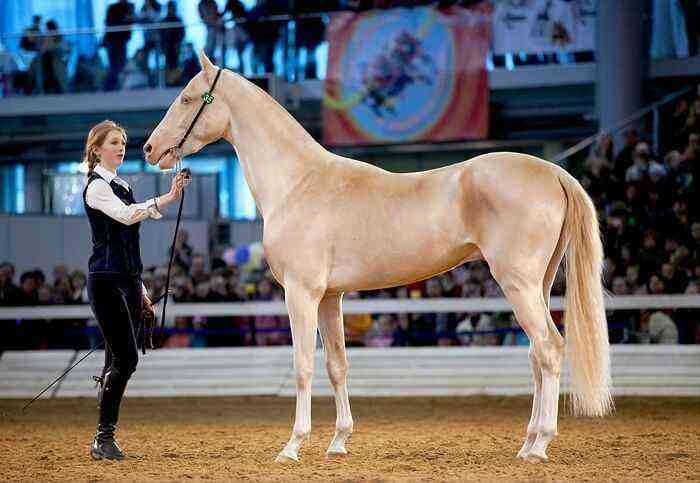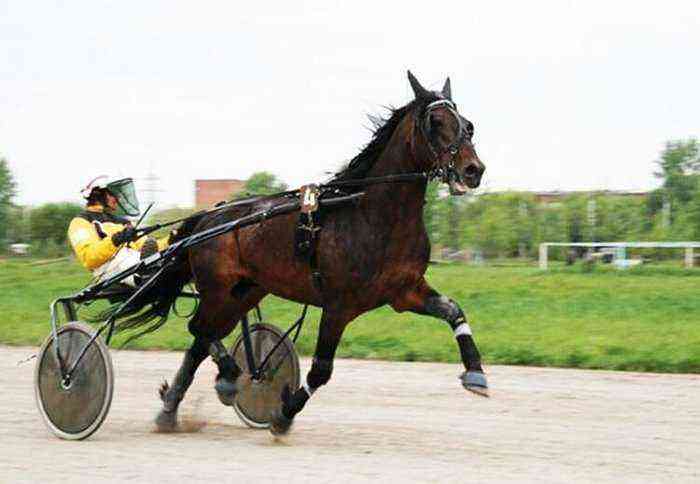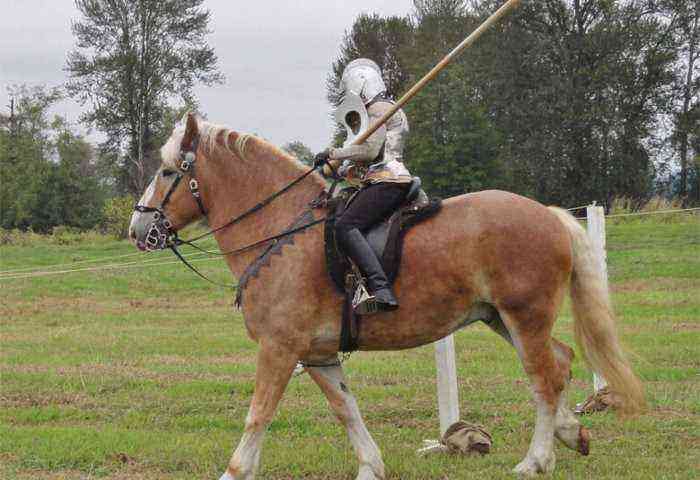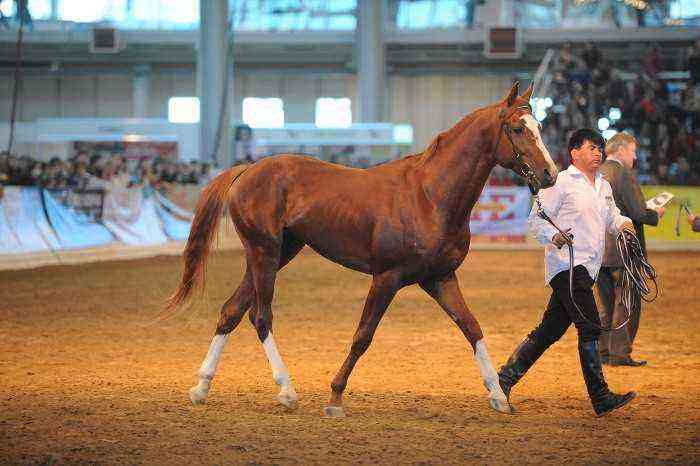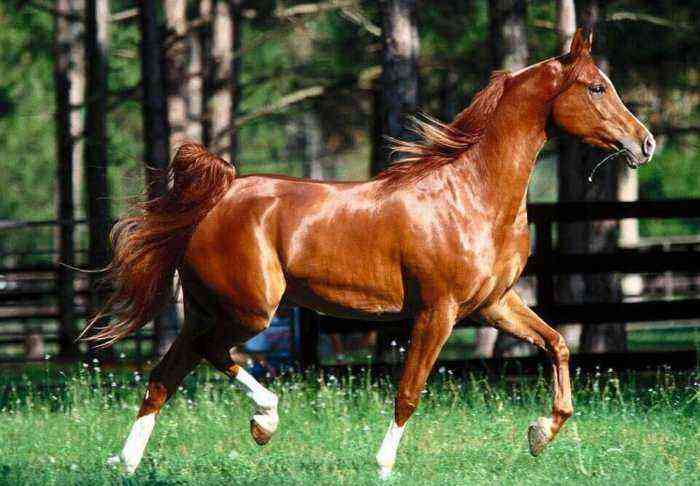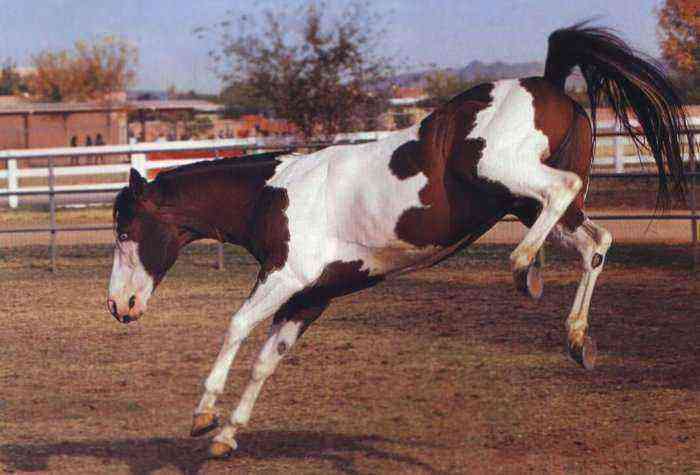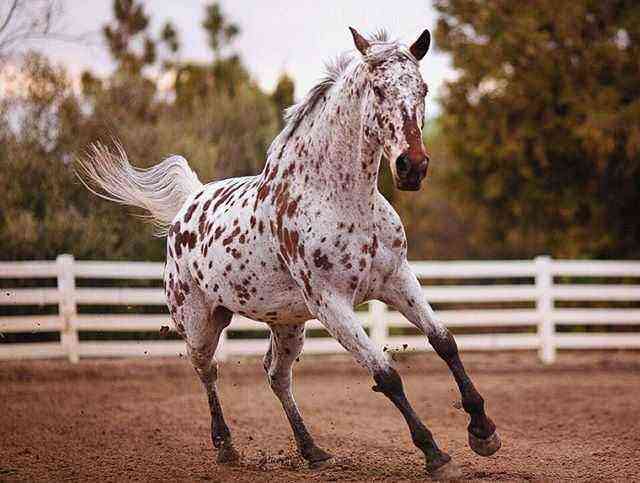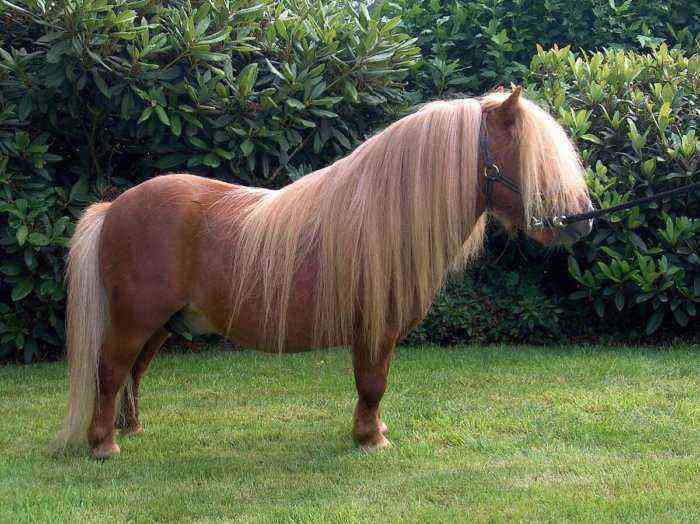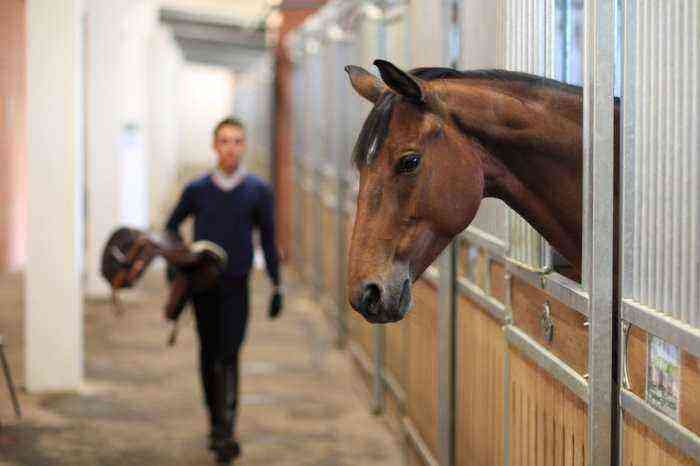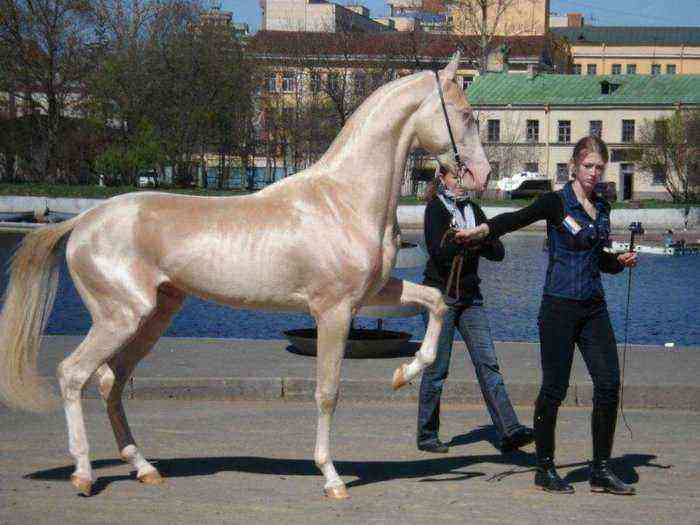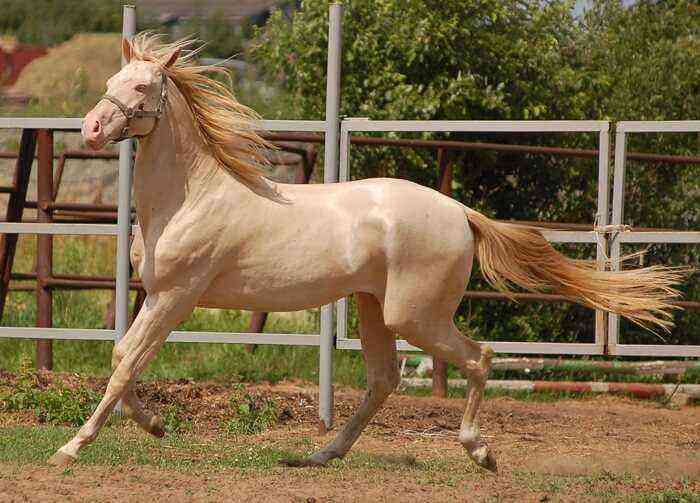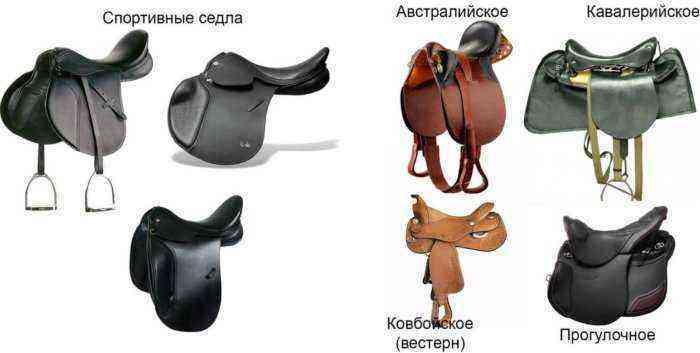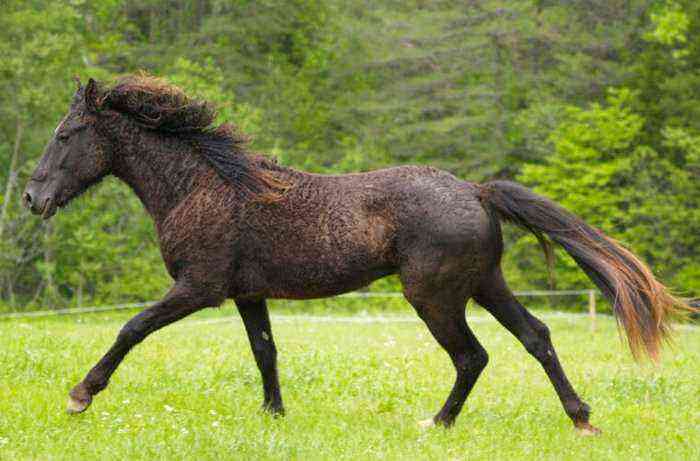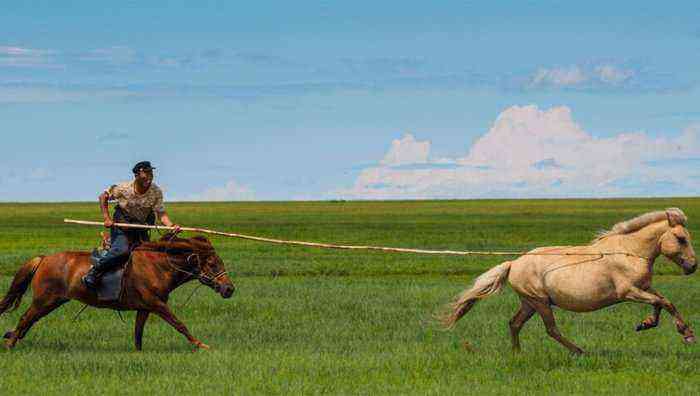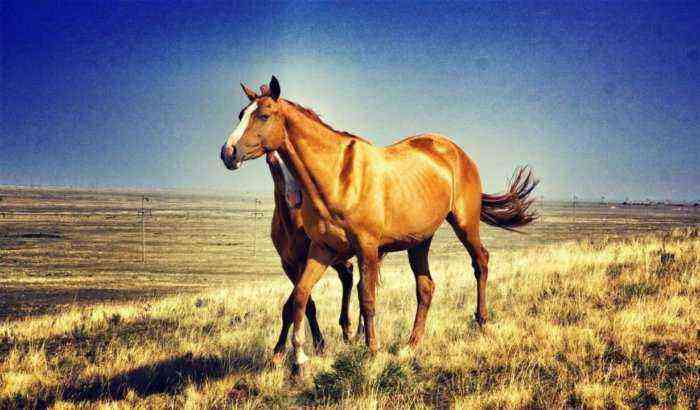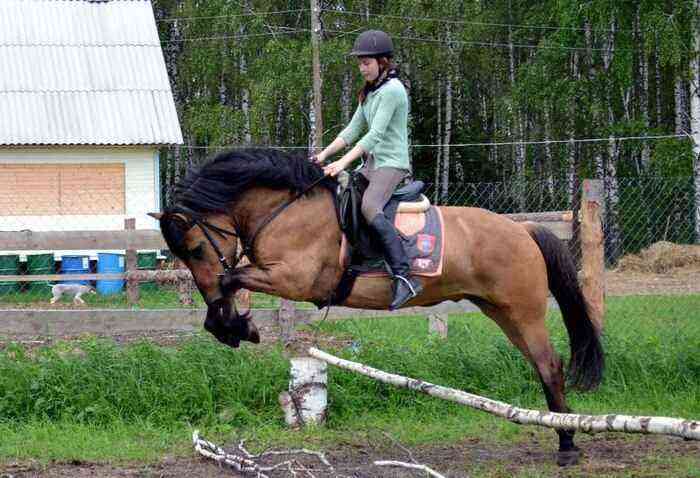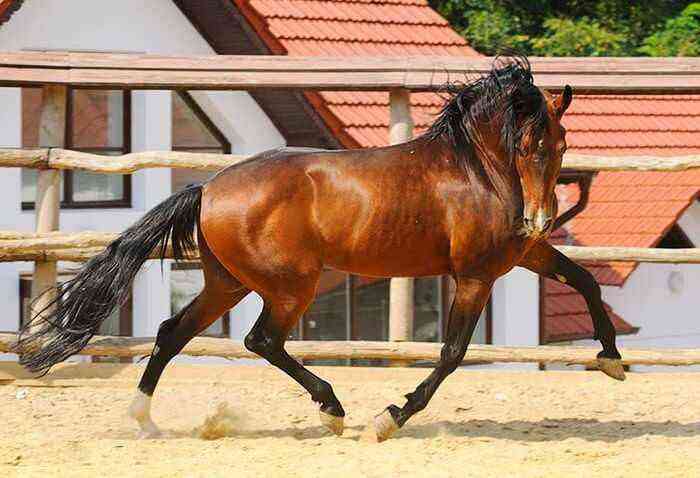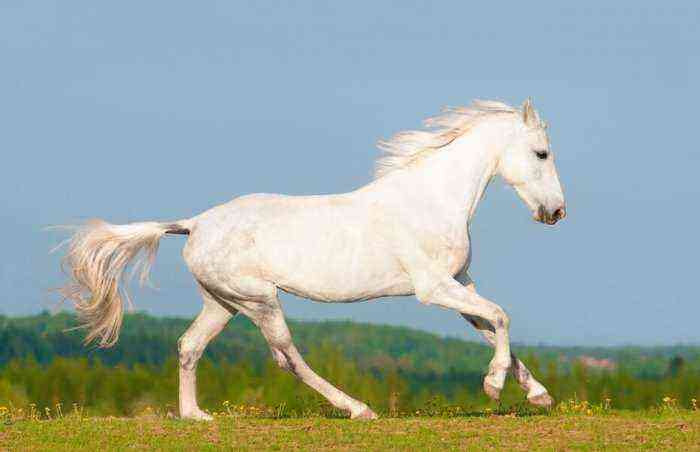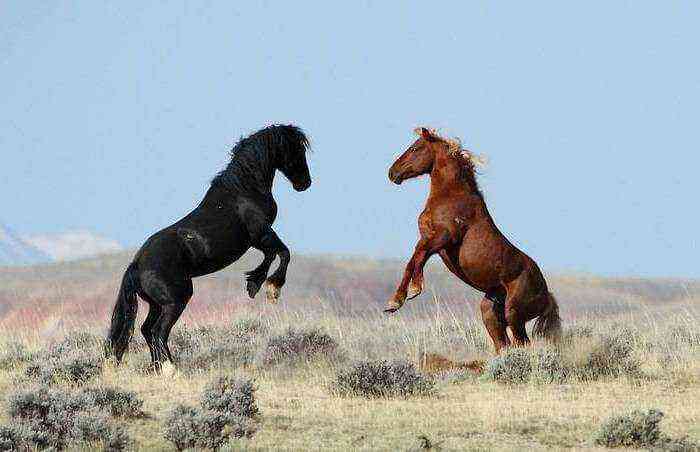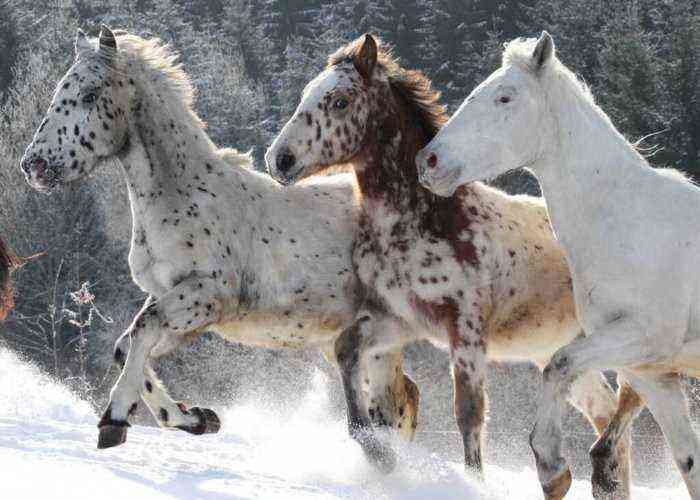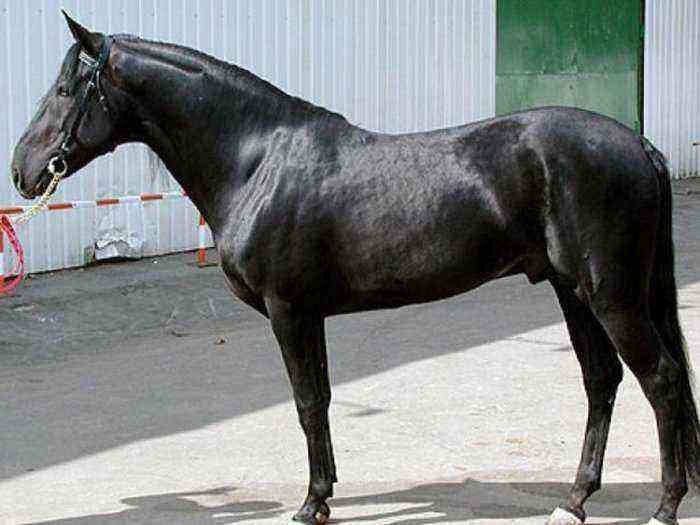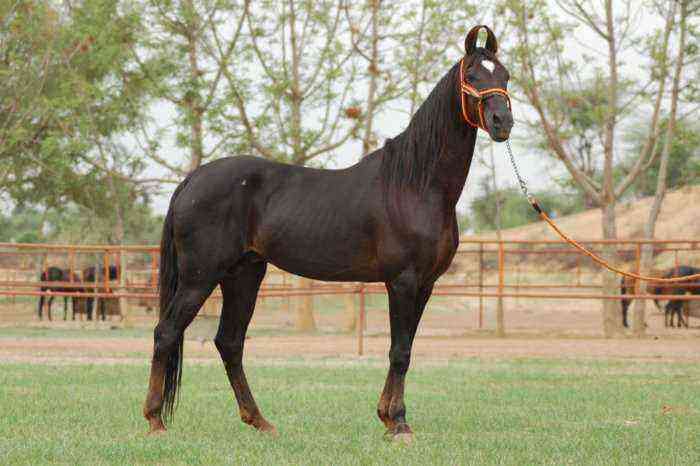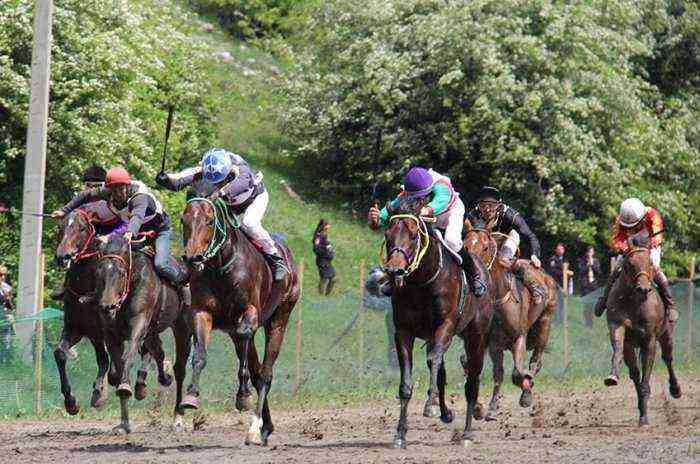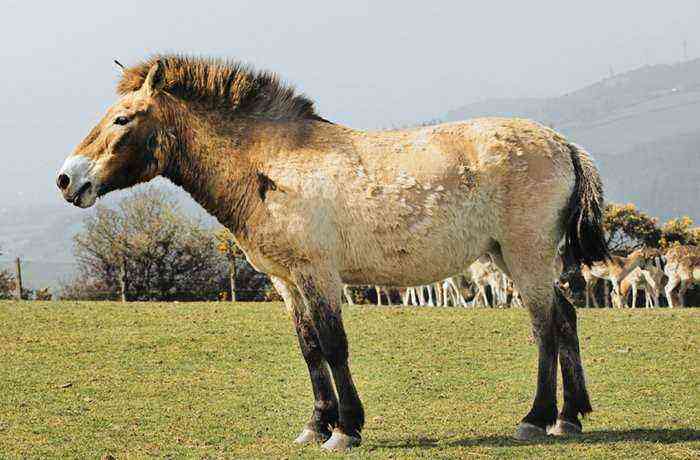In the 18-19 centuries, draft breeds were popular; horses belonging to this direction were widely used in agriculture. At that time, the need for draft power increased, because agriculture developed. Today, machines are used in the field, so most breeds of horses, once created for harness, are in crisis. Some are even on the verge of extinction.
Horse breeds
Features of draft horses and their classification
Draft horses are distinguished by heavy bones and a strong physique. They have strong legs, a broad back, straight forearms, on which it is convenient to put on a collar. Until the end of World War II, strong animals remained faithful helpers of peasants and townspeople: they plowed the land, transported goods and carriages with passengers.
Draft horse breeds are divided into 2 types:
- heavy draft;
- light-duty (horse-draft).
If the first type was used for hard work in the field and during construction, then the task of the second was different – the transportation of passengers in carriages. Draft horses of different breeds differ from each other and have their own characteristics.
Heavy-duty breeds
Heavy horses are the largest and strongest on earth. They carry cargo weighing several tens of tons. It is impossible to use them for riding and transporting passengers: the horses move very slowly. The maximum speed of a heavy truck without cargo is 20-25 km/h.
Soviet heavy truck
The breed of Russian selection was created on the basis of working horses of local peasants and Brabancons. From their ancestors, horses inherited a massive physique and phlegmatic character.
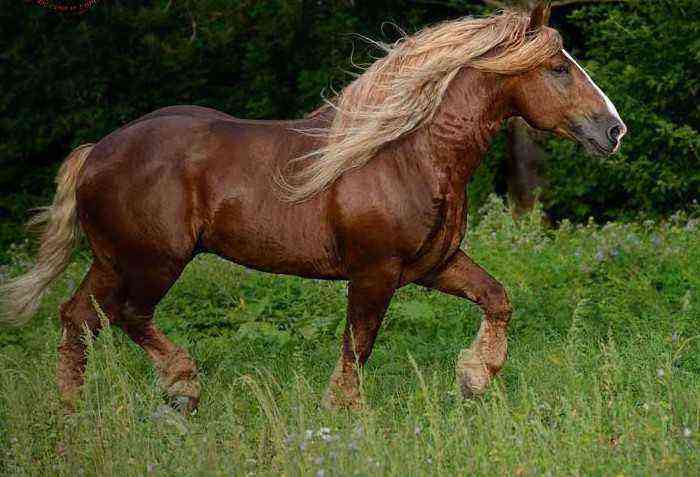
Breed of Russian selection Soviet heavy truck
Animals differ in height – from 1,6 to 1,7 m at the withers, have developed pectoral muscles, a well-muscled backside and a rather wide back. They have massive legs with large hooves. As a result of many years of selection, Soviet draft horses almost got rid of the overgrowth in the lower part of the legs.
Vladimirskaya harness
The breed was named after the place of its breeding, the selection was carried out in the Vladimir region. To create a heavy draft horse, local mares, distinguished by good endurance, and Clydesdale stallions were used.
Vladimir heavy truck is the largest draft breed of domestic selection. The height of the horses reaches 1,8 m, and the chest girth is 1,9–1,98 m. Representatives of this breed line are owners of an elongated body with a wide back and sacrum, a developed, slightly lowered croup and strong legs with a straight setting. The Vladimir draft horse is predominantly bay in color.
Attention! The advantage of the breed is the precocity of young animals and the fertility of mares. By the age of three, animals are allowed to reproduce and can work in the field.
Russian harness
The breed was formed on the basis of the genotype of local weighted horses, ardenes and representatives of riding breeds, registered in 1952. The blood of the Oryol trotter flows in the veins of the Russian workhorse as well. Thanks to his genes, heavy trucks are distinguished not only by external massiveness and strength, but also by activity and speed.
Characteristic:
- short stature – 1,48–1,5 m;
- weight – 700–900 kg;
- a long massive body with an expanded chest and a straight back;
- the neck is beautifully arched;
- dry feet;
- low forked back;
- of the suits, red in its possible variations is widespread.
Attention! The draft breed of Russian origin is known for its complaisant disposition, friendliness, high performance and unpretentiousness.
Brabanson
The Brabancon horse breed comes from Belgium, it is also a heavy draft horse. The blood of these stately horses contains the genes of the Ardennes and Flemings, from which the horses got the best qualities:
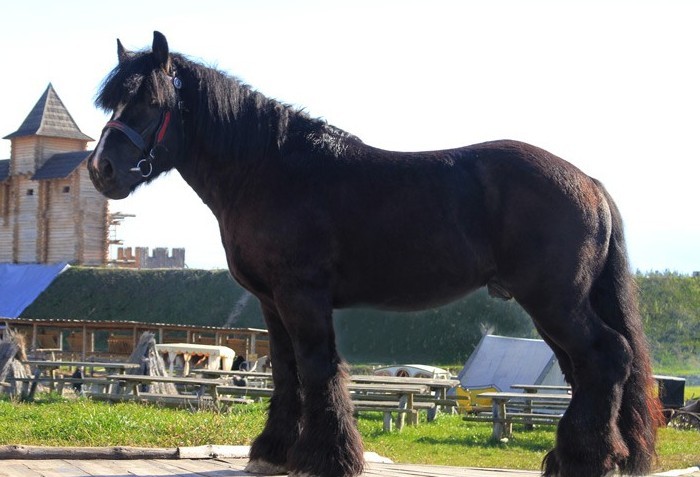
Brabancon horse breed
- running speed;
- force;
- endurance;
- unpretentiousness;
- high productivity.
Brabancons have a compact head with a heavy forehead and an elongated muzzle, a short arched neck, extended withers, a downturned body and an unfolded massive chest. Their forked croup blends smoothly into short, strong legs. Muscles stand out on the forearms, the joints are large, and the metacarpus is wide. The average height of a stallion varies between 1,67–1,7 m. Belgian draft horses are highly valued in their homeland.
Arden
The Ardennes breed was formed in the mountains on the border between France and Belgium, from which the name came. In the 18th century, horses were used not only in harness, but also rode them, because initially these horses were not as massive as they are today. The influx of Arab blood made the Ardenes a little more mobile and faster.
Later, the breed changed, thanks to crossing with Percheron and Boulogne stallions, it became larger and stronger. The updated ardenes were used for heavy work, transportation of goods, they were used at the docks, as well as in the construction of railways.
Arden has the following external features:
- growth up to 1,63 m;
- suits – red, roan, bay, gray;
- the head is rough, the muzzle has a straight profile, and the frontal part is flat;
- big eyes, dilated nostrils;
- curved short, but very powerful neck;
- massive body with expanded chest;
- short back;
- strong legs with beautiful muscle relief.
Clydesdale
This breed is of Scottish origin and belongs to the heavy draft. It was created in the 17th-18th centuries on the basis of Brabancons. These are real giants of the equestrian world, with a harmonious stately physique. The weight of the stallion can exceed 1 ton, and the height is 1,8 m. Clydesdales are represented by roan, red or bay color. They are characterized by white spots on the head, limbs and abdomen.
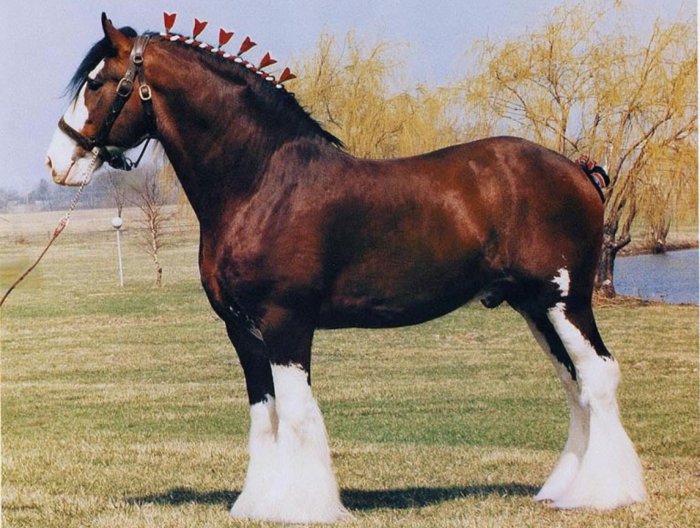
Scottish draft horse
The Scottish draft horse has a large head with a humpbacked profile, a broad muscular neck and back, a well-developed deep chest, strong legs with massive joints.
Attention! The Clydesdales, despite their gigantic size, are quite agile, able to move at a brisk trot when loaded.
Lithuanian draft
The ancestors of the heavy truck of Lithuanian origin are the Zhmud horses, the Ardennes from Sweden and the Russian heavy draft horses. This breed is relatively young, work on its creation began in 1925, and ended in 1963.
This is a small but massive and strong horse with a dry constitution. The back of the representatives of the Lithuanian breed is wide, the chest is rounded, deep, the croup is forked, and the legs are bony and short. These horses are characterized by saber, which is a disadvantage of the breed.
Advantages of the Lithuanian draft horse:
- endurance;
- unpretentiousness;
- calm character;
- mobility and high performance.
Light draft breeds
This variety includes breeds that have a universal purpose. They are used in light harness and for riding. Between the 17th and 19th centuries. these animals carried carriages with passengers, and today some breed lines are used in sports. Thanks to their endurance and the ability to run fast at a steady trot, they receive high rewards.
Orel
The Orlovsky trotter breed was created in Russia. It got its name thanks to the man who began breeding it in the 18th century, Count Orlov. He dreamed of bringing out beautiful, stately and fast horses for light harness. To do this, he bought a horse Smetanka from a Turkish sultan. Having lived only a year, the stallion left offspring suitable for breeding. One of his sons became the ancestor of the Oryol breed.
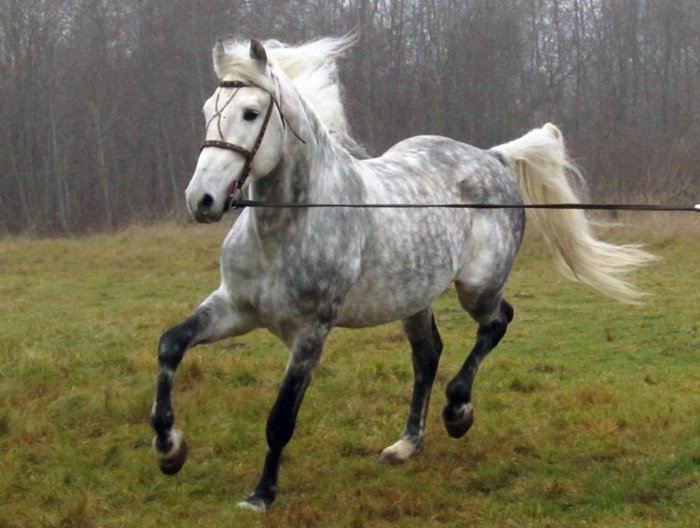
Breed Orlovsky trotter
Exterior features include:
- a small head with a narrow muzzle and pronounced cheeks;
- long swan neck;
- high withers;
- strong muscular back;
- neat croup;
- slender long strong legs.
Oryol draft horses are characterized by a gray color, which they inherited from their Arabian ancestor. Horses are extremely beautiful and hardy.
Russian trotter
On the basis of the Orlov trotter and the American race breed, the Russian trotting horse was bred. Crossbred offspring are distinguished by the ability to develop high speed at a trot. Today, Russian trotters actively participate in sports competitions and win prizes.
These are horses of medium height – 1,54–1,65 m with a dry body type, a neat head with a straight profile, an elongated body, a deep chest and sinewy limbs of medium length. The Russian trotter is very well built. Animals differ in precocity and calm temperament.
Attention! Representatives of this breed show the best results in sports at the age of 5–6 years.
American standardbred
This breed is considered one of the fastest in the world. In the 18th century, Americans used native draft horses to ride in light carriages. Later, sledding speed competitions came into fashion. It was then that the selection of stallions for the tribe began to focus on the speed of movement.

American standardbred horse
Reference. Until now, only those who meet the standards of playfulness are entered in the stud book of American trotters – they cover a distance of 1 mile in less than 2,5 minutes.
To the exterior of standardbred horses, they do not impose high requirements. Horses with various defects are allowed for breeding if they are able to run fast. The average height of a horse is 1,62 m, the head is small, the profile is straight, the neck is long. The body is rather massive, stretched, the chest is deep, the limbs are dry and long.
American trotters are presented in bay color. Occasionally there are animals with a karak coat color, red or black.
Hackney
The breed of English origin was bred on the basis of local Norfolk mares and roadsters from Spain in the 17th and 18th centuries. Graceful frisky horses with a high beautiful move were intended for riding in carriages. At that time, roads were already being built in England, which made it possible to move faster from one point to another. By adding blood to the English riding, it was possible to achieve even greater agility of animals.
Characteristic:
- hackne horses are characterized by low growth – 1,52 m;
- a small neat hook-nosed head with sharp small ears and expressive eyes;
- compact toned body with a well-developed chest;
- short sinewy legs with strong, stable hooves;
- color brown, bay, rarely red.
Attention! There are 2 types of hacknee – horses and ponies. The latter were released later.
Belarusian harness
Breeding work on the creation of the Belarusian breed began in the 18-19th century. The aboriginal forest horses were taken as a basis, they were distinguished by their excellent adaptability to the climate and food supply and endurance. They were crossed with representatives of large breeds of draft type – Ardennes and Brabancons.
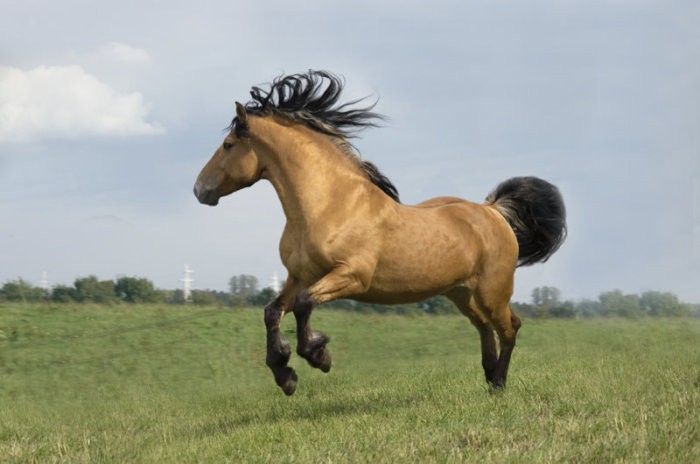
Belarusian draft horse
Selection work on the creation of the Belarusian draft horse stretched for almost a century and a half, but the result was excellent. These animals are versatile: the villagers use their draft power in the field and ride them. These are very strong, unpretentious, energetic, hardy and friendly horses.
Exterior features include:
- average height – 1,56–1,6 m;
- weight – 600 kg;
- compact body with a beautifully prominent muscle relief;
- wide and deep chest in girth is 1,98 m;
- bony strong slender legs with a strong hoofed horn;
- suits – buckskin and nightingale.
Bashkir
This breed has been formed over the centuries on the basis of local forest species, descendants of tarpans, which have already become extinct. Until now, she is bred clean. The inhabitants of the Urals have never given other blood to their horses.
Bashkir horses are extremely hardy and unpretentious, well adapted to the local climate. Animals easily tolerate frosts down to -40 degrees and are able to get their own food from under the snow.
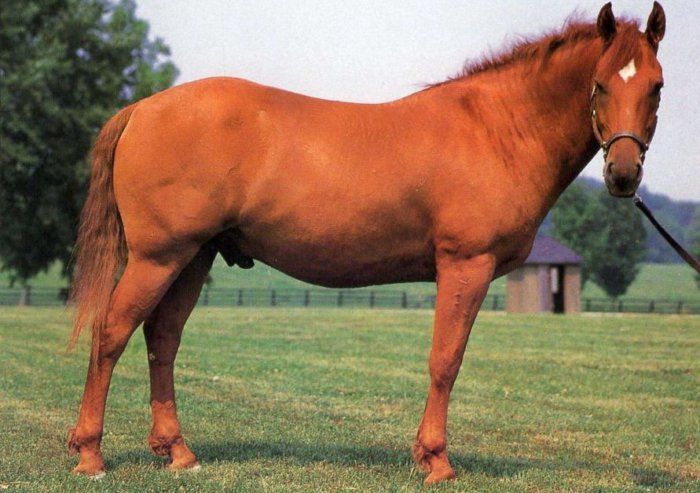
Bashkir skunks
A characteristic feature of this breed is curly hair. With the onset of winter, it becomes thicker and longer, during this period you can notice that the hairs curl.
Exterior:
- short stature – 1,45 m;
- chest in girth 1,75 m;
- massive rough head with a rather wide frontal part;
- thick neck;
- dense body with a broad back;
- sinewy dry legs with very strong hooves;
- coat color – red, bay, brown.
Kladruby harness
This breed was bred 4 centuries ago for the emperors of the Habsburg dynasty. It was used in solemn processions and ceremonies in a harness. Kladrub horses have the correct body proportions and are tall. They have a muscular body, a developed chest, sufficient depth, a long neck, slender dry legs. A characteristic feature is the Roman profile.
Today this breed line is also used in light harness in various parades and processions. The horses are strong and tireless, and their movements are smooth and graceful. They show good results in driving competitions.
Draft breeds of horses are distinguished by their speed and endurance. In the 17th-19th centuries, they were harnessed to carriages and carriages, and today these horses are used in various types of equestrian sports and tourism.
